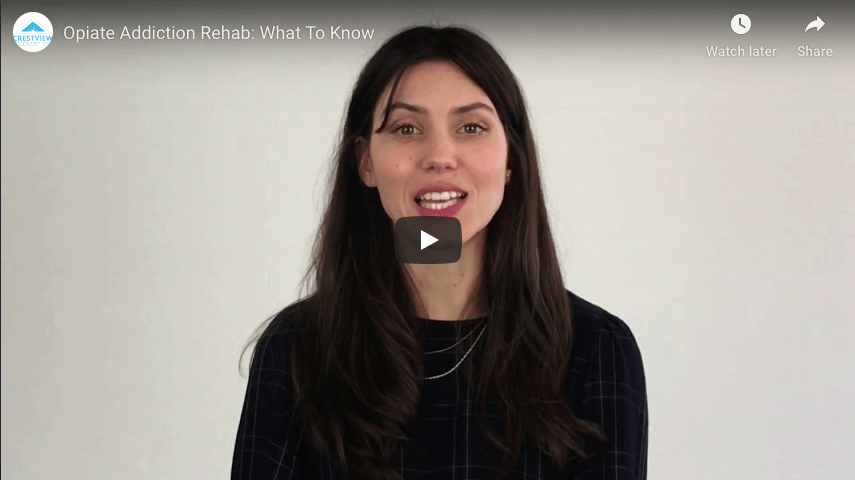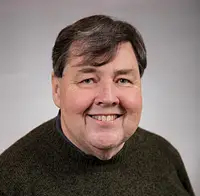Some Common Opiates
Opiates come in many forms. They derive from opium extracted from the poppy plant or are created within a laboratory. Many people use these drugs to manage pain. However, because of their potency, professionals should closely monitor and control opiate use. It is vital for health care professionals, patients, and their advocates to ensure that patients are using opiates to treat pain as directed.
Some of the most common forms of frequently abused opiates include:
Codeine
Codeine is designed to relieve light pain and coughing and is one of the least potent opioid painkillers. Doctors frequently prescribe codeine and it can be found in some OTC (over-the-counter) medicine. However, the doses are strictly outlined to treat each specific issue.
People who abuse codeine often mix it together with sugary, carbonated drinks to create narcotic mixtures for parties. Therefore, it is important for patients to monitor their prescriptions to make sure they are not using codeine for inappropriate purposes or forming a painkiller addiction.
Fentanyl
This is one of the lab-created opiates. As such, it can be up to 100 times more potent than morphine, which was one of the first opiates used to relieve pain. Doctors only prescribe fentanyl in extreme cases when a patient is not responding to other medications. Unfortunately, abusers of fentanyl often mix the drug with other painkillers for illicit purposes. This creates dangerous situations. Individuals who inadvertently abuse fentanyl routinely overdose or suffer death.
Hydromorphone (Dilaudid)
This painkiller usually comes in tablets and is very strong. Like fentanyl, abuse of this painkiller can quickly result in death from even one use.
Hydrocodone (Vicodin)
Abusers of this painkiller frequently combine this drug with Tylenol or Advil. However, when an individual suffers from opioid use disorder they can quickly develop a dependency on the medication and need Vicodin addiction treatment.
Heroin
This narcotic is outlawed nearly everywhere. However, it is readily available as an illicit drug and allows drug abusers to continue in their addiction. 80% of first-time heroin users came to heroin after misusing prescription opioids.
Why People Abuse Opiates
While these are some of the most common forms of abused opiates, it is not a comprehensive list. Each of these opiates has the ability to decrease pain, which is why they are so commonly abused. Each opiate works on the brain’s chemistry in a similar way but to different degrees. Additionally, regular people can obtain each of these opiates through a prescription. Unfortunately, sometimes the medication or dosage is so strong that patients often run into issues and may require over the counter drug addiction rehab.




